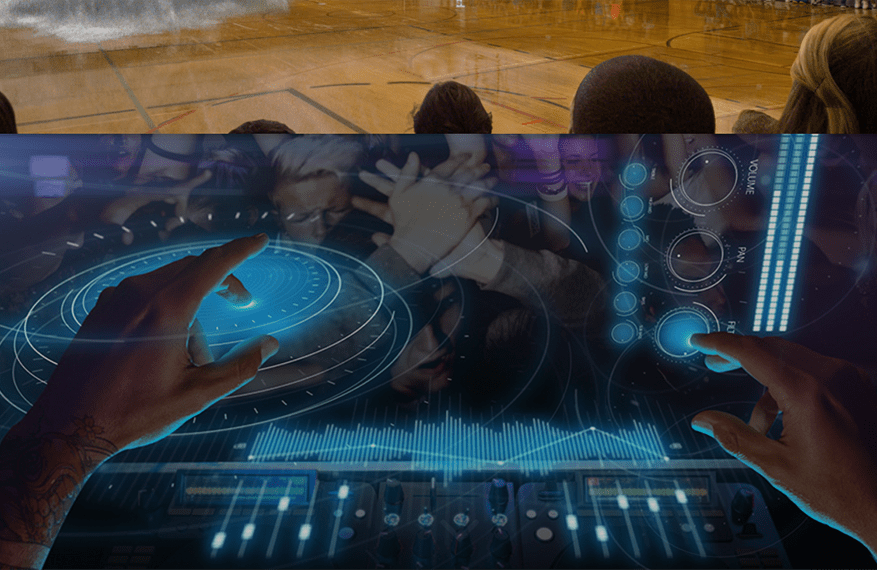
Magic Leap is a start up company that has created a device that makes virtual objects appear in real life. The innovation brings significant opportunities for a range of different industries, including film, gaming, travel and telecommunications. What Magic Leap is doing is also being done by Microsoft which has projects of its own of this nature.
While many virtual and augmented reality technologies to date have not really yet delivered images that look good, Magic Leap appears to have accomplished this.
According to Rachel Metz (2015) of the MIT Technology Review, the reason for the less impressive images of virtual and augmented reality is that: “Stereoscopic 3D, the most commonly used method is essentially tricking your eyes instead of working with the way you normally see things. It produces a sense of depth by showing each eye a separate image of the same object at a different angle.”
However, that means that effectively you are looking at a flat screen in the distance and images that are moving around and this creates dizziness and headaches. According to Metz there has been significant progress with stereoscopic 3D, but Magic Leap takes a different approach which does not impact in the same way on the way that people see things.
The way that Magic Leap works is that it has developed a tiny projector that works by shining light into the eyes which blends well with the light from the world around you. It is explained that the solution shines light onto a see through lens which deflects that light onto the retina. Because the blend of this light with the light from the real world is so good, artificial objects are very difficult to distinguish from real objects. This makes it easier to view 3D images without the problems that exist such as headaches and so on that come from the existing technology. Microsoft’s project for example, has involved work on a headset called HoloLens which allows people to interact with holograms.
It is likely that when Magic Leap does release its first product, that product will be out of range of everyday consumers. However, they are close to releasing a first product. Magic Leap developed its first prototype in 2011, and it has been working on making its technology smaller.
One example of something that is being worked on is explained to be a small flying robot. The robot is able to follow the viewer’s finger around with great accuracy. It is believed that the company plans to place its technology into a pair of sports sunglasses .These sunglasses will be wired up with a square pack that can be placed in the user’s pocket. The company will not confirm that this is what they are doing, but it is argued that the patent that has been submitted suggests exactly this.
One of the biggest challenges iMagic Leap faces is being able to get the technology into such a small form. It has been difficult for Magic Leap to achieve this while matching the performance of larger units. The projector is reportedly smaller than a grain of rice. However, Magic Leap also has to put a variety of other different components into it such as sensors, but also software that can be used to track the user’s eyes and fingers. This is the part that enables them to actually have an interaction with the virtual creatures that they see before them.
Big players have confidence in Magic Leap, and last year Google put $542 million into the organisation. Magic Leap is hiring a lot of people to enable it to meet its development goals. The developers that it is looking for include game designers, optical engineers and others that can think up virtual objects to show. The level of growth is particularly exciting for the employees of Magic Leap who are creating y guns, sensors and different games.
For those that love gaming in particular, this is probably something of a dream job. It is estimated that Magic Leap will be available in just one to three years’ time. It will be interesting to see what they bring to the market first and how affordable its early products will be. Watch this space!

Paula Newton is a business writer, editor and management consultant with extensive experience writing and consulting for both start-ups and long established companies. She has ten years management and leadership experience gained at BSkyB in London and Viva Travel Guides in Quito, Ecuador, giving her a depth of insight into innovation in international business. With an MBA from the University of Hull and many years of experience running her own business consultancy, Paula’s background allows her to connect with a diverse range of clients, including cutting edge technology and web-based start-ups but also multinationals in need of assistance. Paula has played a defining role in shaping organizational strategy for a wide range of different organizations, including for-profit, NGOs and charities. Paula has also served on the Board of Directors for the South American Explorers Club in Quito, Ecuador.

























